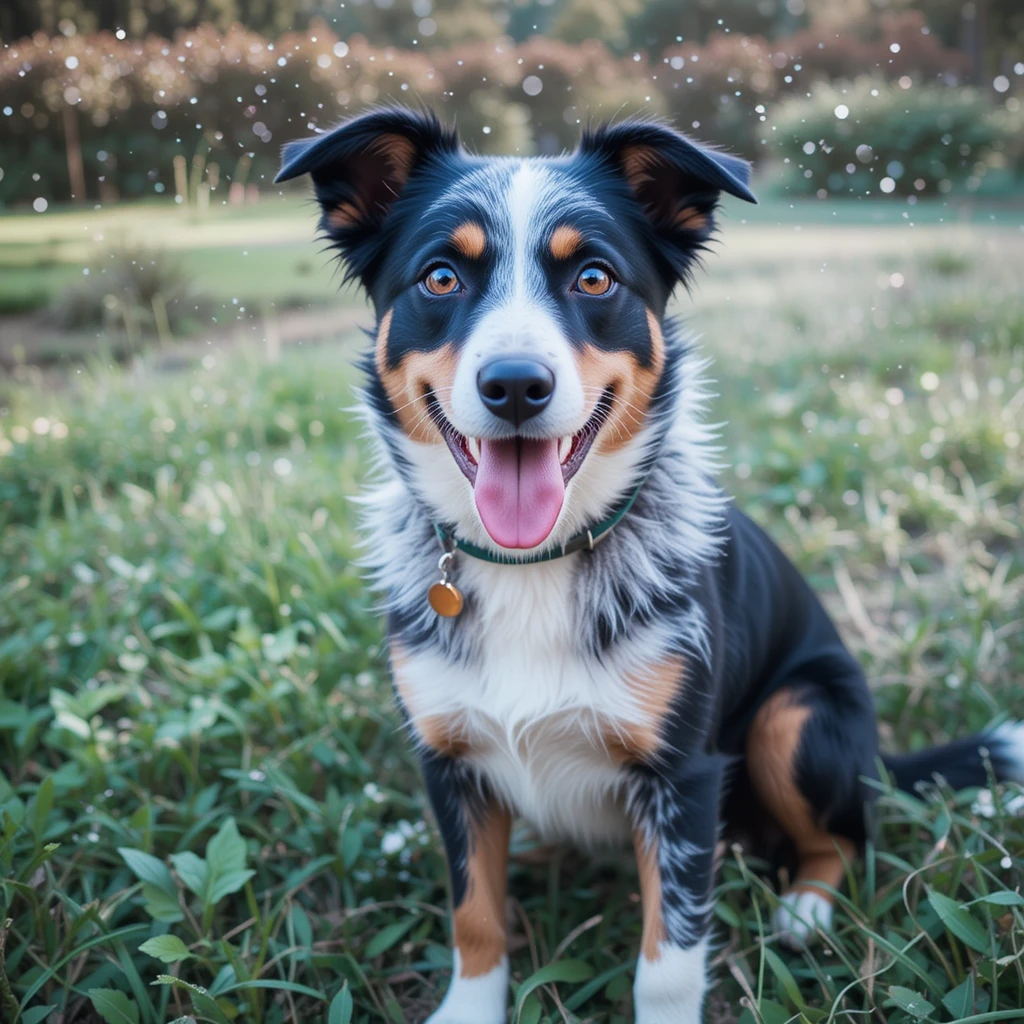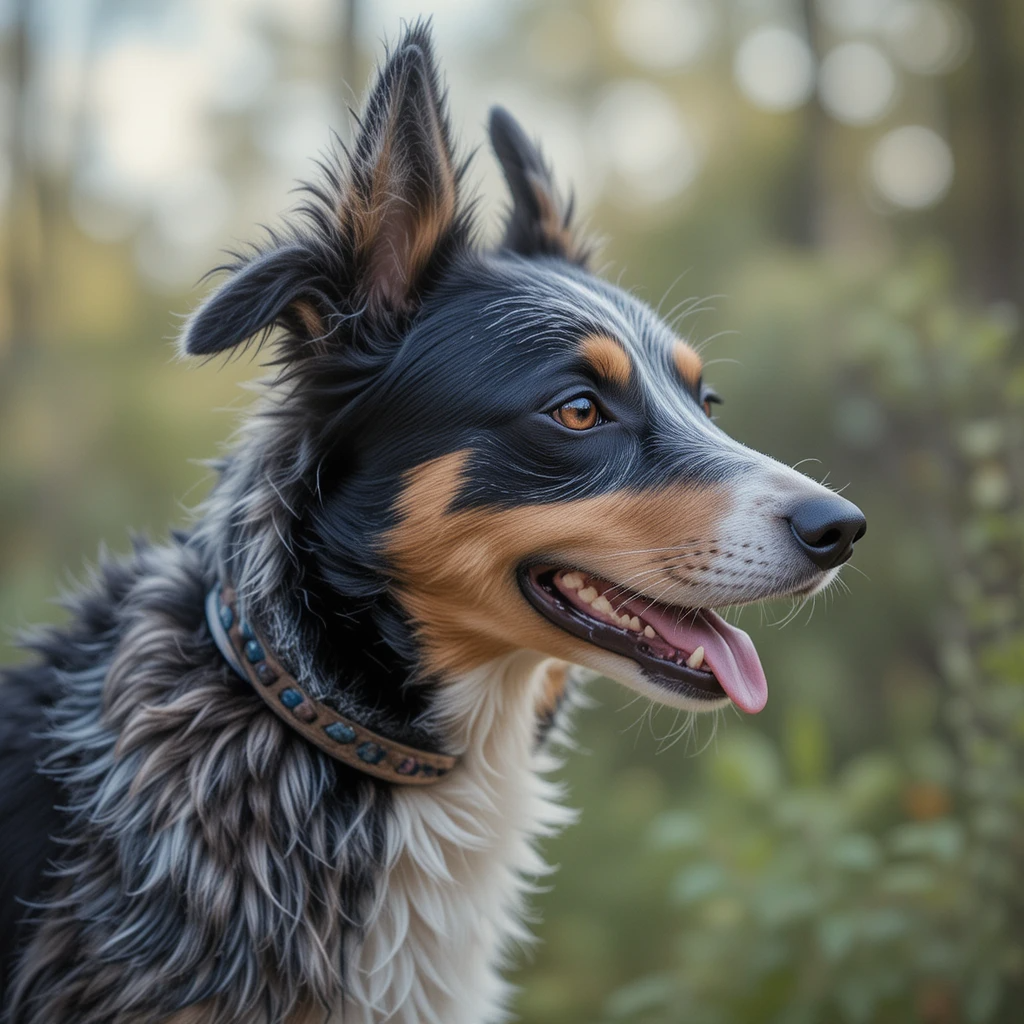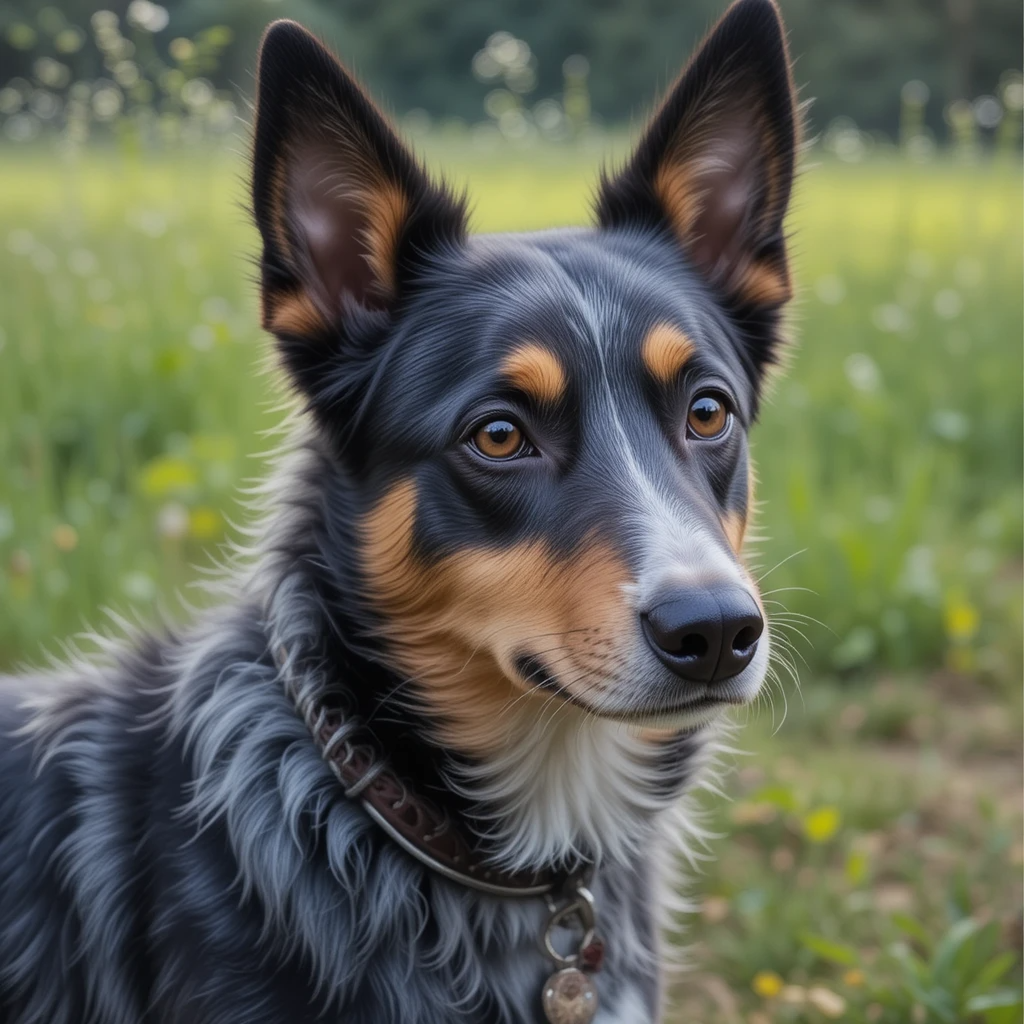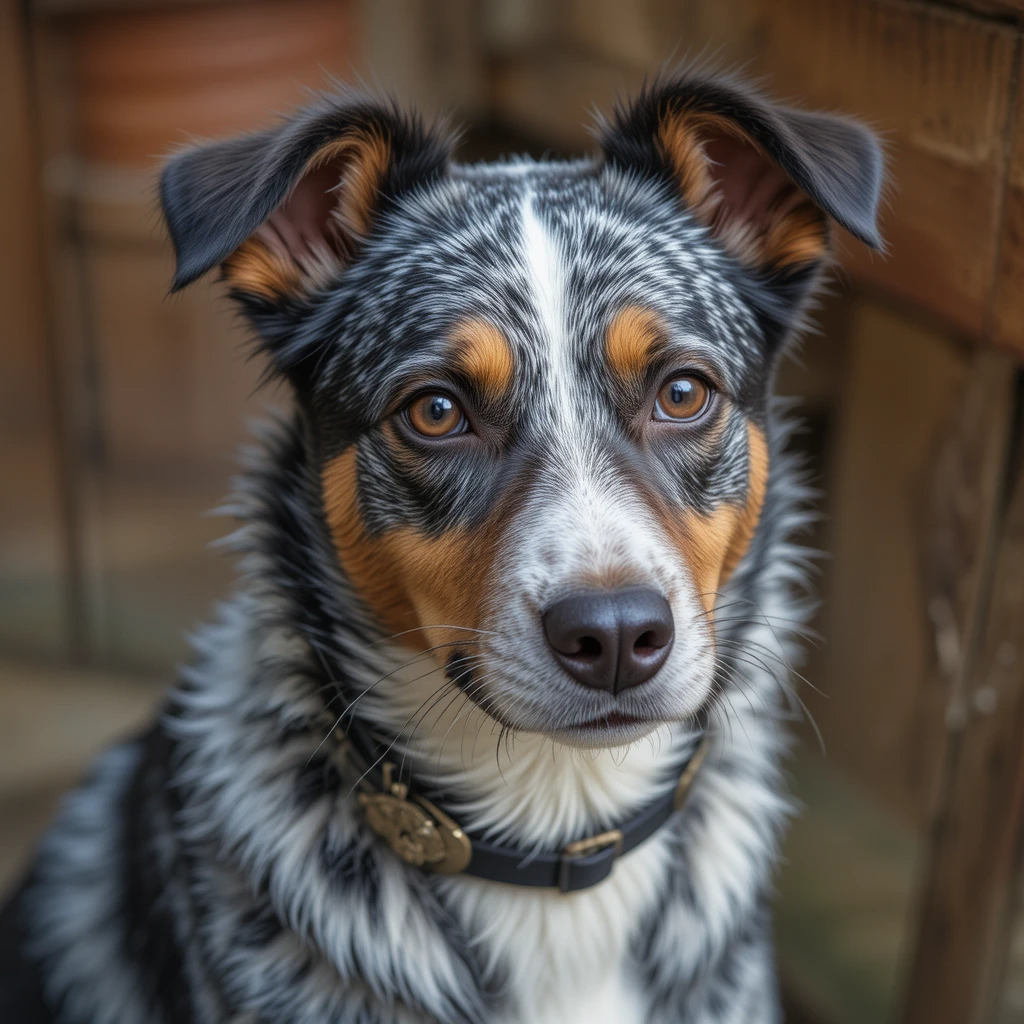Winter is more than just a season of cold Blue Heeler Mix temperatures and snowflakes. For your Blue Heeler mix, it’s a time of transition that requires thoughtful care and preparation. These hardworking, intelligent dogs are known for their high energy and loyalty, but as the chill of winter sets in, they need extra attention to stay happy, healthy, and active.
Whether you’re facing snowstorms or simply cooler temperatures, winter doesn’t have to slow down your Blue Heeler’s spirit. With a little planning and some adjustments to their daily routine, you can ensure they enjoy the winter season just as much as they enjoy the warmer months. Here’s how you can prepare your Blue Heeler mix for the colder weather ahead.
Table of Contents
1. Adjusting Their Exercise Routine for Winter Adventures
Blue Heelers are known for their boundless energy, but winter conditions can change how they get their exercise. While it’s important to keep them active, the cold weather might limit how long they can stay outside. However, this doesn’t mean they need to be cooped up indoors all season.
- Shorter, more frequent walks: Instead of long walks, try taking your Blue Heeler on several shorter outings throughout the day. This will give them the opportunity to stretch their legs and explore without overexposing them to the cold. If snow is on the ground, be extra cautious of slippery patches that could cause accidents.
- Indoor exercise fun: When it’s too cold or icy to walk outside, get creative indoors. Set up an obstacle course, play tug-of-war, or challenge them to a game of fetch down a hallway. You can also hide treats around the house to encourage them to use their strong sense of smell, which is especially fun for Blue Heelers.
- Winter sports for dogs: If the weather permits, snow can be a playground for your Blue Heeler. They may enjoy games like snowball fetch, or even running through deep snow. Just make sure the snow isn’t too deep to avoid straining their muscles.

2. Caring for Their Paws in Cold Weather
The harsh winter elements can be tough on your dog’s paws. Salt, ice, and snow can irritate their sensitive pads, so extra protection is necessary.
- Protective paw balm: Before heading outside, apply a pet-safe balm or wax to your dog’s paws. These products act as a barrier to prevent the snow and salt from causing irritation or cracks in their paw pads.
- Booties for extra protection: While not all dogs love wearing booties, they’re a fantastic way to keep your Blue Heeler’s paws safe from ice and harmful chemicals like road salt. Booties can also prevent their paws from getting too cold or wet, which can lead to discomfort.
- Paw check: After each walk, take a moment to check your Blue Heeler’s paws. Gently wipe away any snow or ice to ensure nothing is stuck in the pads or between their toes. If the snow is heavy or wet, make sure to dry their paws thoroughly when you come inside.
3. Create a Cozy, Warm Haven at Home
Even the most energetic dogs appreciate a warm retreat after a cold outdoor adventure. It’s important to provide your Blue Heeler with a place where they can relax and feel safe from the chill.
- Upgrade their bedding: Consider upgrading to an insulated or heated dog bed. These beds provide extra warmth and comfort, which can make a huge difference on cold winter nights. A thick, plush blanket or a heated mat can also do wonders for keeping them cozy.
- Keep them away from drafts: Ensure their sleeping area is positioned away from windows or doors that may allow drafts. Blue Heelers are resilient, but they still need protection from extreme cold, especially when resting or sleeping.
4. Proper Nutrition and Hydration in Winter
Just like us, dogs can experience changes in their appetite and hydration levels during winter, but it’s essential to maintain their overall health.
- Increase their food intake slightly: Blue Heelers may burn more calories in colder weather as they use extra energy to stay warm. You might need to adjust their food portion size based on their activity level. Consult with your vet for guidance on how much food to increase. If your dog is very active, they might require slightly more calories to stay energized.
- Ensure proper hydration: Even in winter, hydration is just as important as in the warmer months. Make sure your Blue Heeler always has access to fresh water. If they’re not drinking as much due to the cold, try adding some warm water to their bowl or giving them a bit of canned food to increase their water intake.

5. Grooming for Winter Comfort
Blue Heelers have a double coat designed to withstand a variety of weather conditions, but grooming still plays a crucial role in their winter health.
- Brush regularly: Regular brushing will help to remove any loose hairs and prevent matting, which can trap moisture and cause discomfort. Even in winter, brushing helps your dog maintain a healthy coat and skin, allowing them to retain heat more effectively.
- Dry them after snow play: If your Blue Heeler has been outside in the snow or rain, make sure to dry their coat thoroughly when they come inside. A wet dog in the cold can become uncomfortable quickly.
6. Look Out for Health Concerns in Cold Weather
Although Blue Heelers are hardy dogs, they’re not immune to the risks that come with winter.
- Watch for frostbite: Frostbite can affect exposed areas like your dog’s ears, paws, and tail. Be on the lookout for signs like pale, cold skin, or areas that feel hard or crusty to the touch. If you notice these symptoms, it’s important to warm the affected areas gradually and consult a veterinarian.
- Monitor joint health: Older Blue Heelers or those with pre-existing joint conditions like arthritis may experience more stiffness in cold weather. If you notice your dog limping or having trouble moving, a visit to the vet may be in order to ensure their joints are healthy and comfortable.
7. Winter Hazards to Avoid
While the winter months can be enjoyable, they come with certain hazards that can affect your dog’s safety.
- Antifreeze: Antifreeze is highly toxic to dogs and can be found in driveways, parking lots, and even in your garage. Be sure to clean up any spills immediately and keep your Blue Heeler away from areas where antifreeze may be present.
- Driving dangers: Slippery roads can make walking near roads even more dangerous. If you’re out walking in areas with cars, always be cautious, and avoid icy roads where possible.

Conclusion:
Winter doesn’t have to be a season of inactivity for your Blue Heeler mix. With proper care, attention, and a few adjustments, your dog can enjoy the colder months just as much as they do the warmer ones. Remember, this is a time to bond, enjoy cozy moments indoors, and embrace the joys of snowy outdoor adventures. By providing extra warmth, protection, and plenty of stimulation, you can ensure your Blue Heeler stays active, healthy, and happy all winter long.

